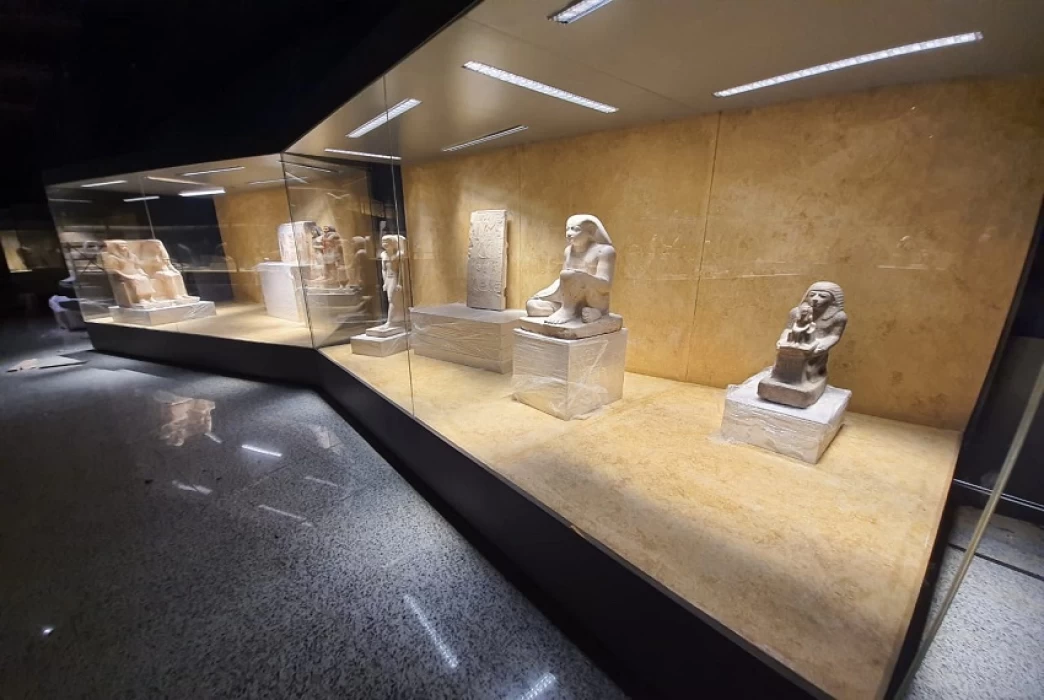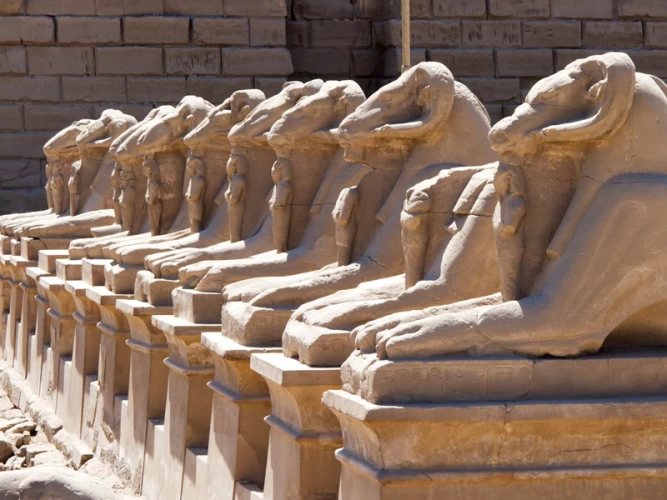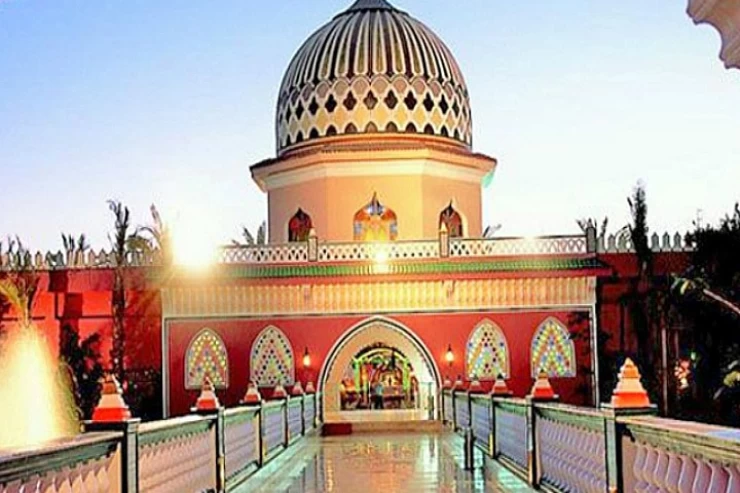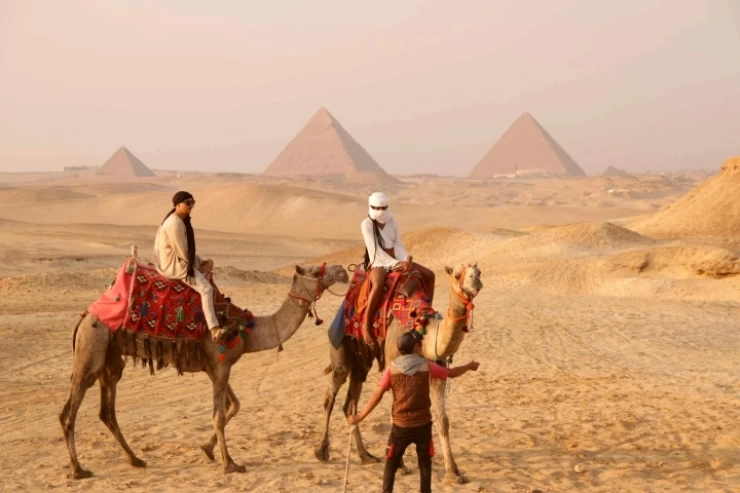
Sharm El-Sheikh International Museum of Antiquities
Sharm El-Sheikh International Museum of Antiquities
The Sharm El-Sheikh International Museum of Antiquities, the first of its kind in the South Sinai Governorate, contains more than 5200 artifacts, belonging to the periods from the beginning of the predynastic period before the Pharaonic era until modern times, in addition to the cultural heritage of the local people of Sinai and its tribes, which makes it a cultural center and a meeting place for human civilizations, and one of the most important attractions not only in Sharm El Sheikh but in all Egypt.
The museum includes a private gallery of archaeological treasures from the tomb of Tutankhamun, which includes 12 artifacts of King Tutankhamun, as well as newly discovered artifacts that are exposed for the first time, including mummified cats and falcons, in addition to a discovered statue newly displayed in the museum exhibition hall, belonging to a king of the New Kingdom of Egypt history.
The museum concentrates mainly on the importance of Egyptian civilization, its stages of development, how the ancient Egyptians excelled in its establishment, and how it was a pioneer in many different fields.
The museum also sheds light on the Egyptian man and his behavior towards the environment around him, and how to coexist with its creatures that he sanctified and took care of and derived from the many different meanings in his journey with life.
The museum also explains how Egypt contributed to creating bonds of communication, understanding the cultures coming to it, and establishing the idea of coexistence and acceptance of others.
The museum exhibition hall is located to the right of the royal corridor and includes previously unexcavated artifacts for a group of cats, hawks, crocodiles, and some newly discovered mummified animals, and the second hall includes some models of gods of ancient Egypt, a tomb, a mummy and a sarcophagus of a lady dating back to the late new kingdom, along with a model for the solar boats of King Cheops that are displayed inside the Solar Boat Museum beside the Giza Pyramids.
The hall also includes a wildlife and human life exhibition, and some tools, as well as aspects of the daily life of the ancient Egyptians.
The royal corridor is the main corridor that connects the two main halls of the museum, and it includes 10 artifacts of ancient Egyptian rulers, most notably Queen Hatshepsut and her father Thutmose I, the hall of civilizations that passed through Egypt from the Pharaonic era until the modern era, and the life of the Sinai Bedouins.
The museum consists of 6 halls, a conference hall, a basement, a number of traditional crafts shops, an open theater, and a number of restaurants.
Sharm El-Sheikh Museum has received nearly 6,062 artifacts, which will be displayed both inside and outside the exhibition halls, in three halls: the Great Hall, the Corridor of Hathor, and the cemetery area.
The last pieces that the museum received were 10 artifacts from the King Tutankhamun exhibition returning from abroad, after having achieved great success in its stations abroad, which began in 2018, during which it visited Los Angeles in the United States of America and the French capital. Paris, London in England.


















